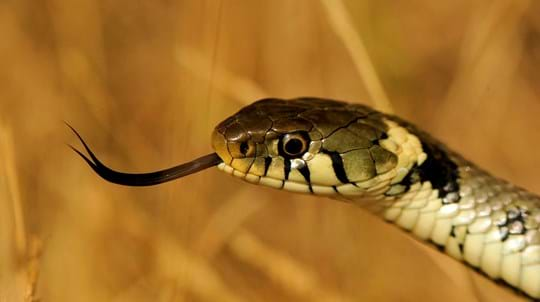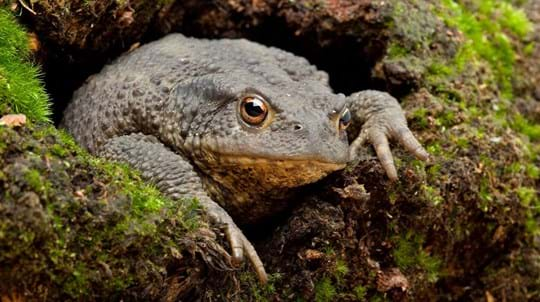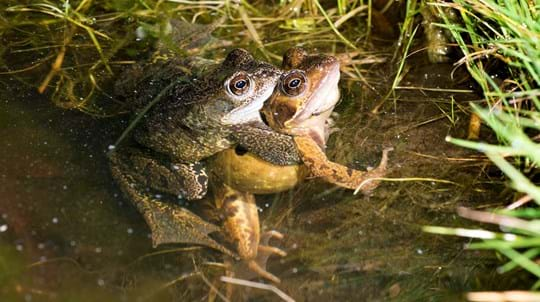
Nature's Calendar
Help monitor the effects of climate change on wildlife near you. Your records contribute to a growing body of evidence on global warming.
Add your wildlife recordings
Conservation evidence officer
The lifecycle of a frog is one of nature’s wonders. It all starts with clusters of jelly containing thousands of embryos. Find out when frogs spawn and the best time to spot these fascinating jellified clumps in ponds near you.
Frogspawn appears in ponds from January onwards, depending on the weather and the region (the South West usually has the first sightings). By March, you should be able to spot frogspawn in ponds across the UK.
Frogs can breed from between two and three years old. They often return to the pond where they were spawned, and males attract females by croaking. Breeding involves the male attaching himself to the back of the female by grasping her under the forelegs, where he stays until she lays her eggs. As the females lay spawn the males fertilise it by spraying sperm over them. It is possible for more than one male to fertilise a female’s spawn.
Females lay their spawn in well-vegetated, shaded, shallow ponds. As the eggs mature, the clusters of spawn swell and float to the water’s surface. There may be so many clusters in a pond that they merge to look like one jelly mat. Frogspawn is therefore difficult to miss!
There’s no such thing as too much frogspawn, so don’t worry if your pond is full of it! In fact, the more the better - only around one in 50 eggs laid will survive to make it out of the pond as a froglet, and as few as 1% of those will make it to adulthood. This is because they are vulnerable to a host of predators at different life stages.
If you don’t have a garden pond, why not head out to your local park, nature reserve or wood and keep your eyes peeled for ponds that may have frogspawn?
The UK has two native species of frog, the common frog (Rana temporaria) and the pool frog (Pelophylax lessonae). The pool frog is extremely rare, with only a small reintroduced population in Norfolk. The frogspawn you’re most likely to see is that of the common frog. In spite of its name, the common frog is not necessarily common - in many areas of the countryside they have completely disappeared due to agricultural pesticides, draining of wetland habitats and filling-in of small ponds.
Garden ponds are extremely important for common frogs, particularly in urban areas. To maximise your chances of frogspawn this spring, take a look at the following tips:
The Nature’s Calendar project tracks the effects of weather and climate change on wildlife across the UK – its records date all the way back to 1736! Frogspawn is just one of 69 wildlife events recorded for the project.
Join Nature’s Calendar to record your sightings - every record is crucial and valid. The data recorded helps us to better understand the effects of climate change and other patterns in the natural environment. By taking just a few minutes to share what you see, you'll be adding to hundreds of years' worth of important data for studies worldwide. We couldn't do this work without you! Why not give it a go yourself?

Help monitor the effects of climate change on wildlife near you. Your records contribute to a growing body of evidence on global warming.
Add your wildlife recordings
Trees woods and wildlife
Explore more about these cold-blooded creatures that live along woodland edges, glades, ditches and ponds.

Blog
Charlotte Varela • 23 Feb 2024

Blog
Rachel Hoskins • 09 Apr 2019